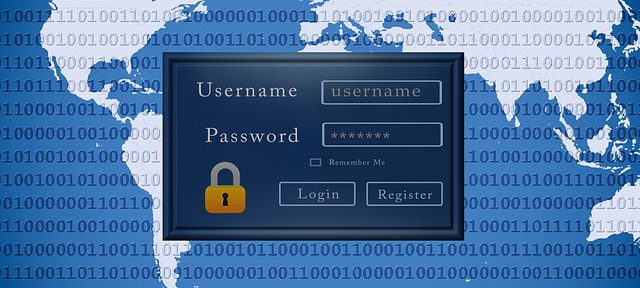Multichannel is not very popular. On some forums, some people wonders why multi-channel equipment exists.
Though, since SACD format was released in early 2000s, they are quite a few albums available on multi-channel media like SACD, DVD-A, Blu-Ray HD, Flac…
Since it is quite easy to put an SACD in a player connected to a multichannel audio receiver, the challenge is to have your whole library available so that you can play at your finger tips.
My challenge is to achieve the following goals:
– I can browse my library whatevery the format is
– I can play whatever music I want
– My albums are sorted by artists
– and foreach artist, I can play their discography in the order they released is as I am an « album listener »
– I have albums covers displayed
The hardware setup is quite old or cheap. I have my trusty Denon AVR-3808 from around 2008. It supports Direct DSD Multichannel but unfortunately in an uncommon way as I was not able to use it.
The streamer is just a plan Raspberry 3 connected via HDMI to the receiver.
Audio-CD Ripping:
– as accurate as possible
– extensible metadata (why not display the current market price in case I want to get rid of one)
The result is a list of albums I can play by artist, sorted by the release date.
My current process:
– pick an Audio CD
– scan the code-bar with my Phone with « Libib » so that I can get the ISBN code bar and the CD is added to my library for future reference. ISBN will allow searching for data regarding the album.
– while it is searching, fireup EAC and insert the CD
– Get Metadata
– Musicbrainz: No Gap, no covers
– Go to libib on the web to grab the ISBN number from the recently scanned album.
– Go to discogs to gather missing information like the year the album was released (not the year the CD was published)
– Add the reference which is at the back of the CD in the « Comment » section (not sure yet why)
– Do « Action / Copy Image & Create Cue Sheet / Compressed »
– After extraction, edit the generated CUE sheet and add the ISBN as a CATALOG entry like
CATALOG 1234567890123
Metadata format
–
